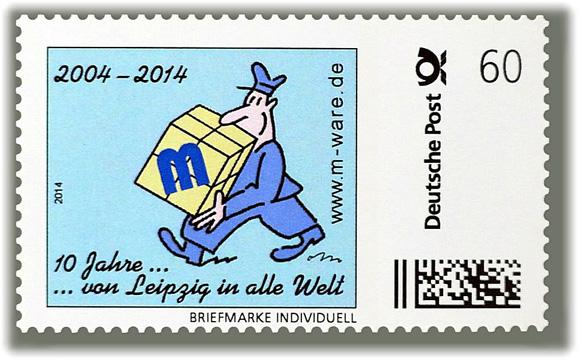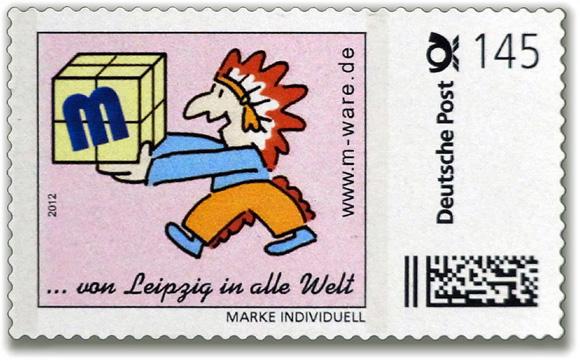Cable
Classification
We have divided cable for practical reasons, as follows:
Cables for computers
Telephone Cables
power cable
Cables for computers
We distinguish first by:
Interface cables for hard drives
USB cable
sound Cables
Video Cables
Interface cables for hard drives are:
IDE cable
SCSI cable
SATA cable
SAS cable
ZIF cable
USB cable
USB (Universal Serial Bus) cable, as the name rightly suggests, are used for a variety of purposes. The most common are USB2.0 and USB3.0. The high-speed USB3.0 port is enabled by default in blue to help distinguish. Can be connected via USB, among other things:
internal and external hard drives and optical drives
Input devices such as keyboard, mouse, cameras
USB sticks for various applications, such as Radio, temperature sensor, password dongles, data sticks,
Connecting accessories / gadgets such as fans, notebook coolers, coffee warmer, USB lights and much more. Here, the USB port is only used for power supply.
Telephone Cables
Our telephone cable category covers all standard in telephony species from the coiled handset cord through TAE cable to ISDN cables:
Handset coiled cord TAE-F cable
Left: coiled handset coil cord with modular plug right: Telephone cable with TAE F plug (black) and modular plugs
power cable
The external power supply of computers is usually about power cord:
Power cord
For power supplies, however Euro8 cables are on the primary side usually used for power supply:
Euro8 cable
However, some model ranges require power cord with Mickey Mouse connector:
Mickey Mouse cable
Internally the power supply for hard drives and optical disc drives is now usually realized via the SATA connectors. In addition to the contacts for the data transmission, it includes the connections for the power supply. The SATA connector is both combined. Separate connector for data and power, however, are quite common. Here is an example of a combined SATA connector, which has next to the SATA data cable via a Molex connector for power supply:
SATA Power Cable Molex
Video Cables
These are known to be transmitted by the video interface:
VGA cable
DVI cable
HDMI cable
FireWire Cables
A special form is splitter cable, in which the video signals are routed to two display devices. Suitable graphics cards that support multi-monitoring, often have a so-called DMS-59 output. The matching splitter cable is then primarily a DMS-59 connector, two secondary VGA connector, two DVI connectors or one VGA and one DVI connector. The primary side of the splitter cable can also be designed as a DVI-I connector. DVI-I also supports dual monitoring.



